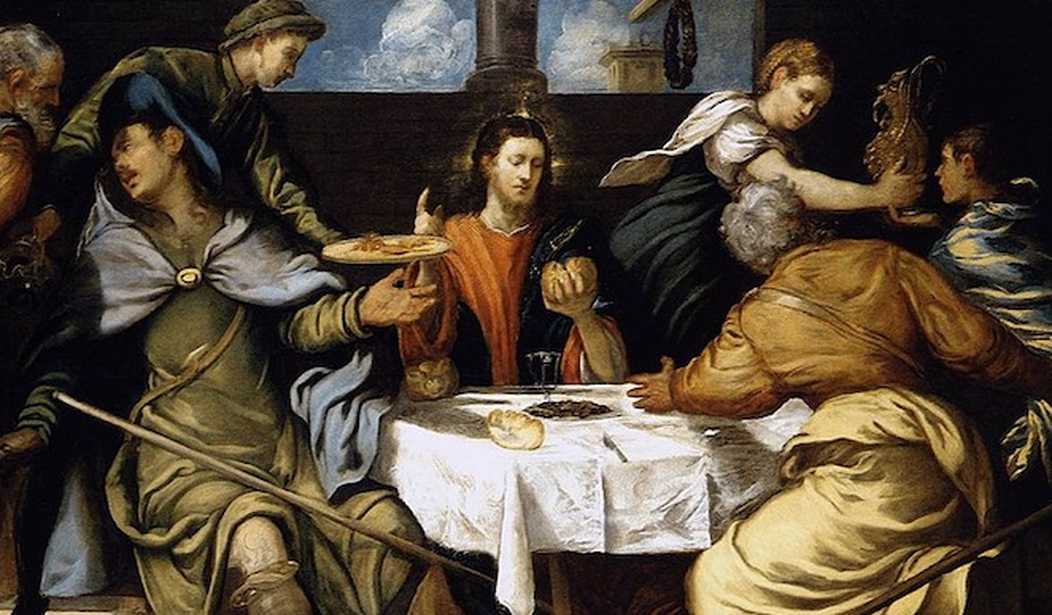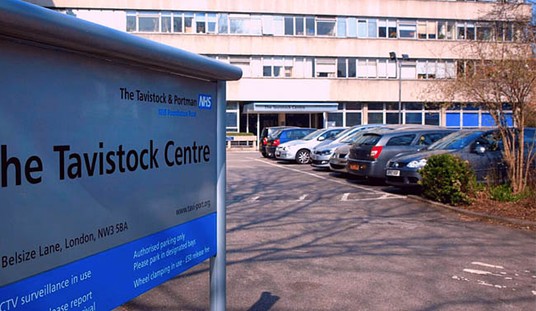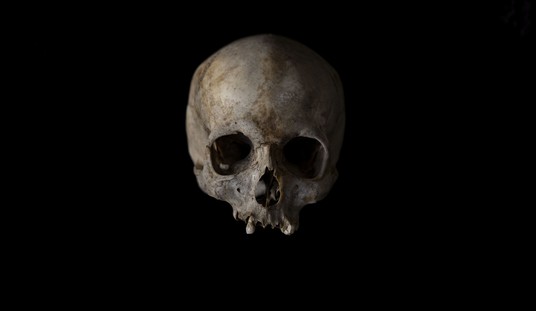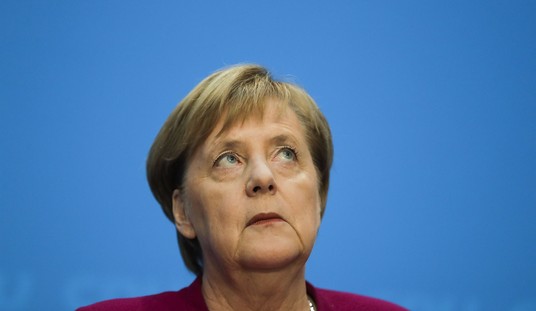This morning’s Gospel reading is Luke 24:13–35:
That very day, the first day of the week, two of Jesus’ disciples were going to a village seven miles from Jerusalem called Emmaus, and they were conversing about all the things that had occurred. And it happened that while they were conversing and debating, Jesus himself drew near and walked with them, but their eyes were prevented from recognizing him. He asked them, “What are you discussing as you walk along?”
They stopped, looking downcast. One of them, named Cleopas, said to him in reply, “Are you the only visitor to Jerusalem who does not know of the things that have taken place there in these days?” And he replied to them, “What sort of things?”
They said to him, “The things that happened to Jesus the Nazarene, who was a prophet mighty in deed and word before God and all the people, how our chief priests and rulers both handed him over to a sentence of death and crucified him. But we were hoping that he would be the one to redeem Israel; and besides all this, it is now the third day since this took place. Some women from our group, however, have astounded us: they were at the tomb early in the morning and did not find his body; they came back and reported that they had indeed seen a vision of angels who announced that he was alive. Then some of those with us went to the tomb and found things just as the women had described, but him they did not see.”
And he said to them, “Oh, how foolish you are! How slow of heart to believe all that the prophets spoke! Was it not necessary that the Christ should suffer these things and enter into his glory?” Then beginning with Moses and all the prophets, he interpreted to them what referred to him in all the Scriptures.
As they approached the village to which they were going, he gave the impression that he was going on farther. But they urged him, “Stay with us, for it is nearly evening and the day is almost over.” So he went in to stay with them. And it happened that, while he was with them at table, he took bread, said the blessing, broke it, and gave it to them. With that their eyes were opened and they recognized him, but he vanished from their sight.
Then they said to each other, “Were not our hearts burning within us while he spoke to us on the way and opened the Scriptures to us?” So they set out at once and returned to Jerusalem where they found gathered together the eleven and those with them who were saying, “The Lord has truly been raised and has appeared to Simon!” Then the two recounted what had taken place on the way and how he was made known to them in the breaking of bread.
How hard do we work to avoid the truth? And why do we do so when the truth holds so much promise and hope? Do we prefer hopelessness, or do we fear true happiness?
Today’s Gospel touches on these points in the immediate aftermath of the Passion. The two disciples on their way to Emmaus had already heard the news of the empty tomb from both the women and presumably Peter, who had gone to look at it himself. No one at the time knew yet what exactly that meant, but the two disciples on this journey had already taken a pessimistic and hopeless view of it.
Nor did they recognize that Jesus was accompanying them, which Luke says they were “prevented” from doing. It is not clear, though, what exactly prevented them from recognizing Jesus. Did Jesus shield His identity from them, or were they too absorbed in grief and hopelessness to perceive Him?
And then what comes next? Jesus patiently goes through the Gospels, explains the necessity for His Passion and the fulfillment of all the prophets in His salvation. This sets their hearts aflame with hope, as they marvel later, but still they do not recognize Him until the breaking of the bread.
The road to Emmaus parallels Jesus’ three-year mission to spread the Good News of salvation. In our first reading from Acts of the Apostles, Peter scolds Jerusalem for failing to recognize their Messiah even though Jesus came “commended to you by God with mighty deeds, wonders, and signs, which God worked through him in your midst.” The Judeans largely refused to recognize hope and salvation when it came to them too, even though Jesus walked the same roads as they did and spoke to them about the prophets and the signs.
Yet they did not recognize Him. In fact, most of them rejected Jesus brutally, as Peter condemns in this passage: “you killed [Him], using lawless men to crucify him.” Were they also “prevented” from seeing Him, or did they not want to believe and trust in the Lord for their salvation?
Were they also too busy looking everywhere else for it? Or did they not want to find it at all? After all, salvation calls for commitment, sacrifice, and true obedience to the Lord — and most of all, it calls for faith and trust.
On that point, I chose today’s front-page image for a reason. First, I love Jacopo Tintoretto’s work, its liveliness and movement, its colorful contrasts, and of course its Renaissance realism. However, Tintoretto has done something remarkable in The Supper at Emmaus with his depiction of the moment Jesus breaks the bread. He centers it for us so that it becomes the focal point of the painting; our eyes are immediately drawn to it and Jesus.
That’s not the most remarkable point, though. This is: take a close look at where everyone else in the painting is looking. Only one person in this painting might be looking at Jesus and the bread in this image, and that person is a servant, not the hosts or the disciples. Everyone else in this image looks elsewhere, distracted even at the moment when the Gospels tell us that the disciples recognized Jesus. It’s as though everyone in that image is still looking for a detour from the road to Emmaus.
And so are we, most of the time. At the very least, we allow ourselves to be easily distracted from the road to Emmaus and to salvation. That road is hard, demanding, and narrow. We spend most of our lives seeking fun rather than happiness, and the road to Emmaus isn’t “fun” at all. It forces us to recognize our sinfulness, to suffer for the fallen world, and to care for others to keep them on that narrow path to salvation as well. Even though we have been told that this path will bring us the true happiness we seek, we look everywhere else for what we truly desire except to the one place we know it can be found — with the Lord, through the breaking of the bread and Christ who provides it.
That is why we feel lost at times. Just like everyone in Tintoretto’s classic painting, we look everywhere else but to Christ for salvation. And we never recognize that He is with us, always, as we journey — helping us to get back to the correct path, and to recognize Him through the Gospels. When we are lost, we need only to open our eyes, and our hearts.
The front-page image is a detail from “The Supper at Emmaus” by Jacopo Tintoretto, 1542-3. On display at the Museum of Fine Arts in Budapest. Via Wikimedia Commons.
“Sunday Reflection” is a regular feature, looking at the specific readings used in today’s Mass in Catholic parishes around the world. The reflection represents only my own point of view, intended to help prepare myself for the Lord’s day and perhaps spark a meaningful discussion. Previous Sunday Reflections from the main page can be found here.







Join the conversation as a VIP Member